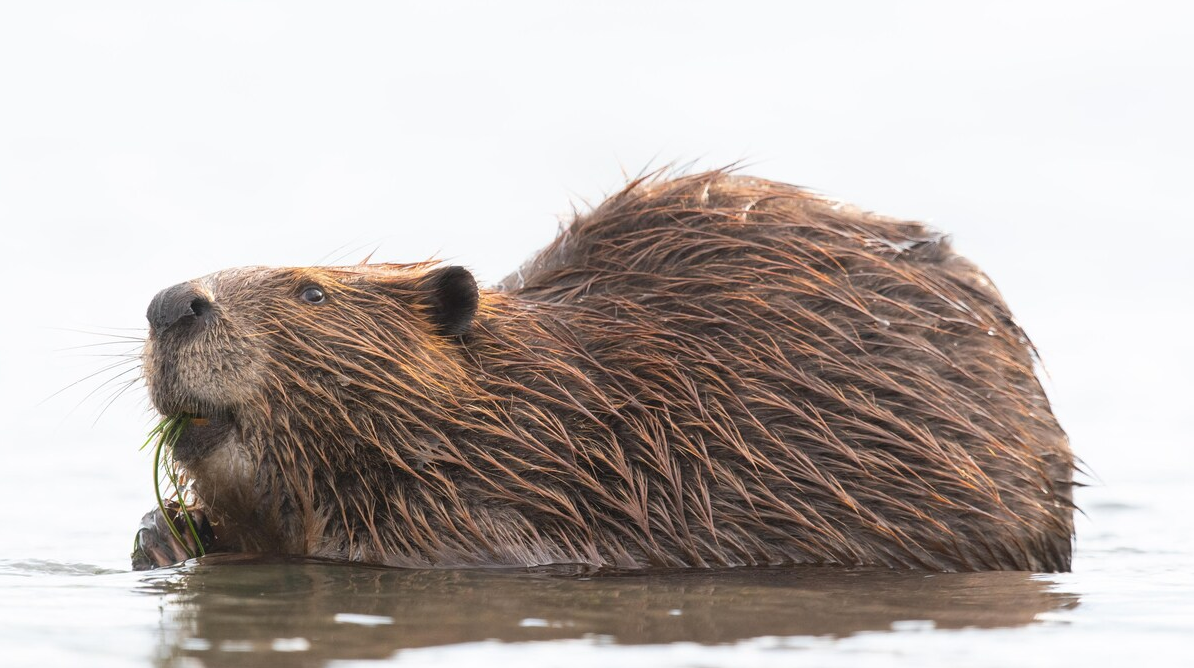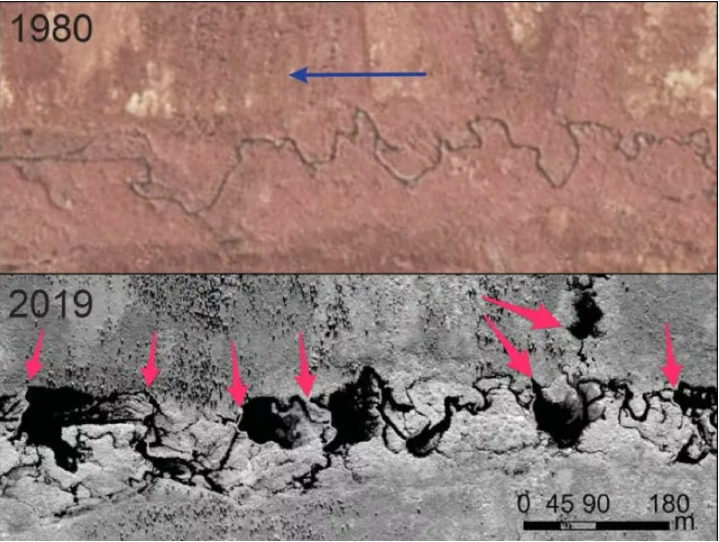Beavers pose methane problem in the Arctic

Climate change is helping beavers colonize the Arctic, and those beavers are in turn causing more climate change.
A study by Alaskan researchers that looked at aerial and satellite photos of Alaska’s Arctic tundra between 1949 and 2019 found that dams built by beavers created 11,000 new ponds between 1980 and 2019.
A new study by the same team finds those ponds are releasing methane, a powerful greenhouse gas, accelerating climate change. The methane is produced as vegetation flooded by the dams rots in the absence of oxygen, and as the spreading water thaws the surrounding permafrost.
The researchers say this means beavers in the Arctic will initially increase the release of methane, although they don’t know what the long-term impacts will be.

Interestingly, while beavers may be bad for climate change in the North, they’re being recruited to protect against the impacts of wildfires and droughts in places like California. Research shows that areas with beavers are more resilient to wildfire impacts and have more open water during droughts compared to areas without beavers.
Related stories from around the North:
Antarctic: Antarctic 2023 sea ice maximum hits record low since satellite data began, Eye on the Arctic
Canada: Why did giant beavers go extinct? It was their diet, researchers say, CBC News
Finland: Finnish team assists in cutting methane emissions from cow burps, Yle News



